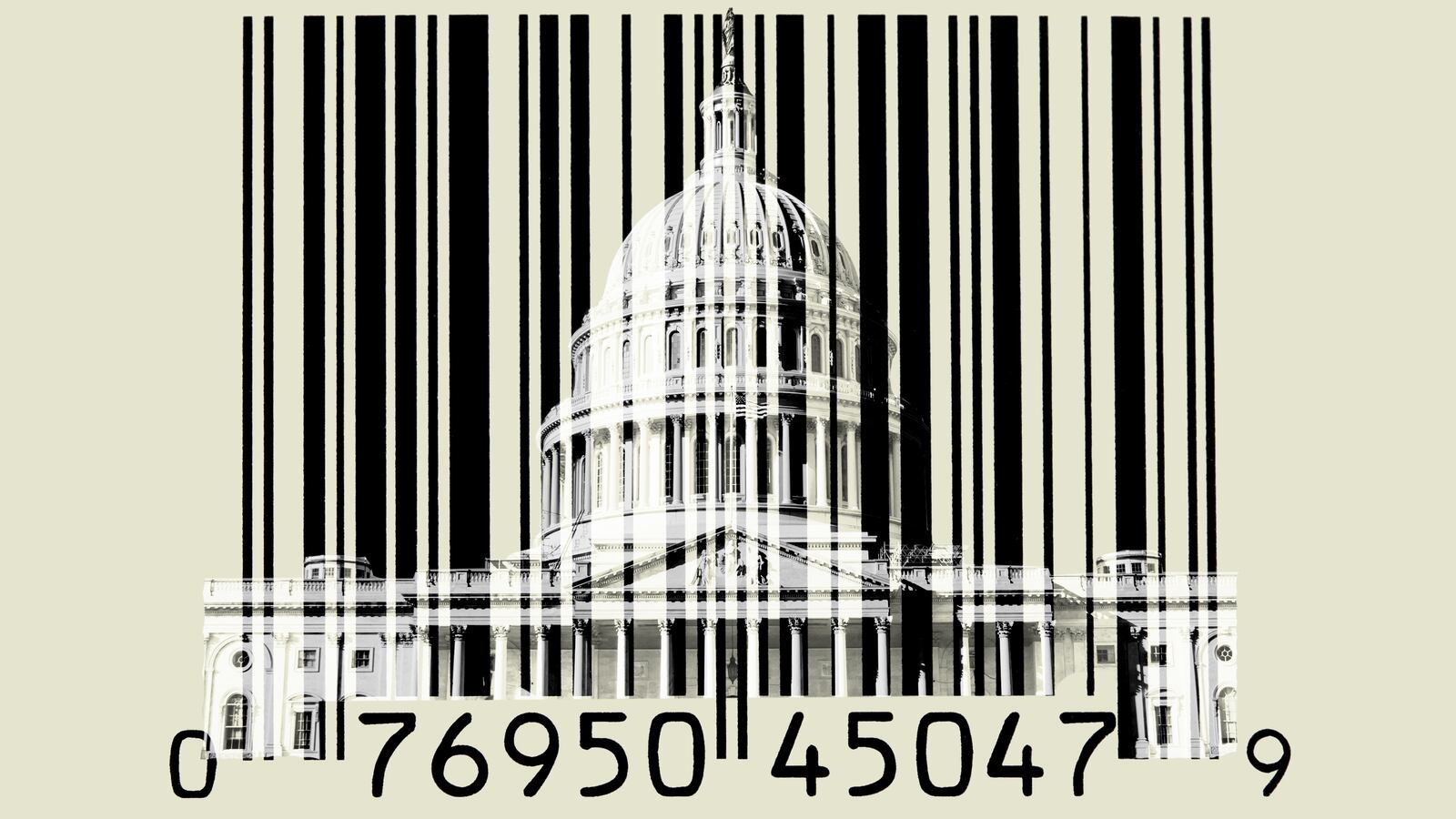Here’s a little Black Friday trivia question for you. You’re headed out today, or at least to your computer screen, to do some shopping. You’re gonna buy your wife a blouse, your husband a shirt, or whatever. Without thinking, you click on the size: M, L, 10, 42-44.
As I say you do that without thinking. But let’s think for a second. Who dreamed up these sizes? Where’d they come from?
Well, the retail clothing industry, right? Some industry trade association or council? Nope. Try: the U.S. Department of Agriculture.
Look it up. The story is told briskly and accurately here, among many other places.
People have always worn clothes of course, of one form or another. But mostly they made them themselves. Rich people and royals have had seamstresses for millennia. The other 90 percent of humanity just did what it could. After the Industrial Revolution, retail clothing stores began to appear in cities, and in the Gilded Age the first department stores, but sizing wasn’t close to standard. By the 1920s, the first decade in U.S. history when we had something resembling a middle class, and when for the first time ever more people lived in cities than in small towns, this lack of standardization became a problem. Mountains of purchased clothes were being returned because they didn’t fit, and the retail industry had a crisis on its hands.
Then came the Depression, which delayed action. Finally, in 1939, the federal government addressed the problem. A federal grant paid for bureaucrats studying the heights, weights, and girths of literally thousands of American women, nearly 15,000 over several years. The data weren’t perfect; the times being what they were, of course, they measured only white women. But mistakes were corrected and adjustments made, and eventually, by the early 1950s, the United States had standard clothing and shoe sizes for men, women, and children.
If you think about this macroeconomically, you can understand the billions or more likely trillions of dollars in efficiency this innovation has given to the American private sector down the decades. And this is not necessarily a conclusion the private sector would have come to on its own. Indeed, the logic of the private market might well have been for different manufacturers to have different size systems, right? Mrs. Middle America, you’re an 8 in my competitor’s sizing system? In mine, you’re a svelte little 6! Come buy my line!
So in sum we have here a market efficiency created by the federal government. Some people will laugh at the very thought. But in fact, it’s a real thing. The federal government can and does create market efficiencies all the time. The most obvious example is infrastructure. In countries with high levels of public investment in infrastructure, workers are much more productive. Duh, obviously. It takes them less time to get to work. The goods they make ship to market more efficiently. And on and on and on.
Does even regulation, much-hated regulation, improve private-sector efficiency? Of course it does. Think about it. Say that beef production was unregulated, and the producers policed themselves. Most would strive to do so honestly for reasons of self-preservation. But a number would not. And so, every time you bought a piece of beef, you would be rolling the dice on, say, a 1 in 20 chance that you were going to get food poisoning. How much beef would be selling? Not very much. Producers would be banging on the government’s door demanding regulation!
Government intervenes all the time, too, in market disequilibriums and failures. Hello, U.S. auto industry of 2008-09. Which brings us to the biggest example of all, which is how government bails out the private sector when it fails. This is what happened in the 1930s, though it took awhile, and it’s what sort of happened in the wake of the Great Recession. The private sector wrecked the global economy. The public sector stepped in. It didn’t exactly bail it out, because political realities—i.e. Republicans in the U.S. Senate—made it impossible for the Obama administration to pass a stimulus bill big enough to recharge the economy. But it certainly prevented things from being much worse than they were.
The religion in this country is: private sector good, public sector bad. It’s just not true. Or it’s a grotesque oversimplification. I always marvel at these idiots who want to get rid of the EPA. Do they think the government came up with the idea of the EPA just to make manufacturers’ lives complicated? No. They created the EPA because manufacturers were dumping a jillion different kinds of poison into our water and air. The Cuyahoga River caught fire. Today, while it’s still not pristine, it’s far, far better. And it wasn’t the market that fixed it.
Democrats are running for president trying to get voters to trust them that the government is going to fix this and that problem or deliver this and that service. I support those things, in one form or another. But your average person is going to be highly suspicious. And Democrats aren’t going to succeed in decreasing that suspicion until they figure out how to tell people about the vast amount of good government does.
So when you pick out your loved one’s sweater or bathrobe this shopping season, spare a thought for those Department of Agriculture grunts of decades past who spend the better part of a decade measuring Americans’ chests, thighs, waists, arms, and inseams to help a private-sector industry. And just realize that while the magical, mystical market appears to have an answer to every need, the story of how this or that good got to market is usually more complicated, and usually involves that hated other sector.






